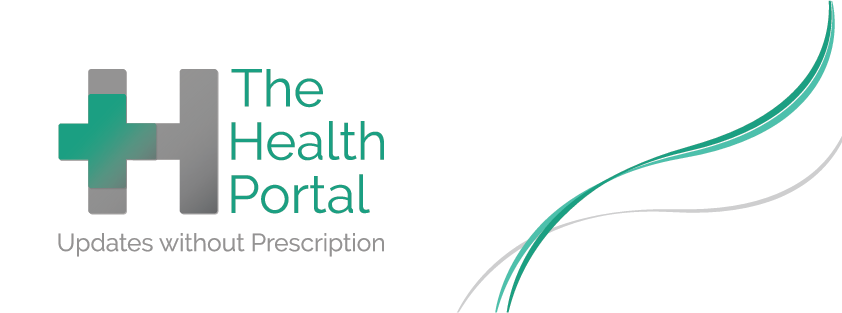
The continuous high numbers of corona virus disease (Covid 19) cases in Kerala with high test positivity rate had become a debating point in Covid management with experts divided over what strategy is best to rein in the run of the virus in the community.
It was only since September 11, 2021, that the numbers of new cases reported every day started showing a downward trend compared to total recoveries.
| Date | Daily new cases | Daily recoveries |
| Sept 10 | 25,010 | 23,535 |
| Sept 11 | 20,487 | 26,155 |
| Sept 12 | 20,480 | 29,710 |
| Sept 13 | 15,058 | 28,438 |
While the State would like to project that this recovery is a result of the strategies that have been followed till now, the ground reality is that the State has changed its strategy. Not as a policy, but in the manner it reports Covid 19 cases.
One of the major changes that have been implemented is to stop antigen testing. This itself has brought in a major drop in the total testing done to identify Covid 19 cases. There is no RTPCR testing in peripheral regions. These facilities are concentrated in towns and cities – be it government or private institution, except the medical colleges. Antigen testing had been a major support in identifying positive cases and it also used to bring down the load on RTPCR tests. For example, in Ernakulam district alone, On August 27, total tests were 22,000, of which RTPCR tests accounted for 10,000 while the rest were antigen tests.
Secondly, only symptomatic cases are being tested. Thirdly, people are also more willing to get the antigen test done as the results would be immediate.
As can be seen, the total testing has come down in the last five days from 1,56,957 tests on September 9 to 91,885 tests on Sept 13. As per a new order, the Health department does only RTPCR tests.
This is a peculiar decision that would also bring down the test positivity rate artificially. Certainly, a decision not by medical experts, perhaps, but more in tune with the need to project the State’s success in controlling Covid 19. The State is trying to bring about an atmosphere that makes it possible to open up “scientifically”!
The strategy to flatten the rising curve into a plateau and then into a decline had failed to happen earlier. Ever since the new cases started jumping to cross 10,000 active cases for the first time on June 28, 2020, Kerala has not looked back on this front! Just when the Kerala strategists believed that the curve would flatten soon after March-April 2021, the second wave created another surge, destroying the predictions of the epidemiological cycle. For Kerala it was time to adopt a new strategy.
The extreme intervention by the State Government is said to have delayed the ‘peak’ in the first wave. As Dr. Abdul Ghafur, heading the Infectious Diseases department in Appllo Hospital, Chennai, said, the State had tried to manage Covid19, like they did Nippah, but both viruses have different epidemiology and behaviour and they both require different strategies.
Kerala’s strategy has burned out the healthcare system, despite the fact that Kerala’s infrastructure is the best in the country. According to experts: if interventions were more structured and not extreme, the first wave of the Covid 19 infection would have peaked some time in October-November and the State could have come out of it along with the rest of the country and still would have kept a low case fatality ratio because of its excellent healthcare infrastructure.
However, notwithstanding the State’s extreme intervention, the virus played truant with a high R0 (pronounced R naught, it is the basic reproductive rate measured as the number of infections by one case in a population) that instead of the numbers of new infections reaching a plateau on the graph, it became a mountain.
What happened in the second wave was not something along predicted strategy anywhere. And Kerala too saw its infrastructure getting flummoxed with the surge. It became impossible to intervene as before. “We did, but not in the manner of the first wave. There were many cases that could not be given the same attention as we did during the first wave”, says a senior medical officer of the State.
The healthcare personnel had to take decisions on saving lives which could be saved with limited manpower and available facilities. Even though it was more than a year of managing Covid 19 infections and the healthcare personnel had been braving it out, the burn out had become somewhat more visible, said another medical officer. Mental health of healthcare workers had taken a hit with extreme stress levels.
The peak of the second wave also seemed to be missing so far as Kerala continued to report high numbers.
The sudden drop in numbers now is not necessarily because there are less cases, but there are less numbers of people tested.
Despite these numbers of cases, one thing that could serve Kerala in opening up is the good numbers of its vaccinated population. Another remarkable aspect in vaccination is the low wastage. The top leadership of the medical officers in the State is hopeful that the current surge, making Kerala the major contributor in the country’s active Covid 19 cases, will be coming down drastically by the end of September 2021.
Says G. S. Vijaykrishnan, president of the Kerala Government Medical Officers’ Association, “we have given our suggestions in this regard to the Government and the medical advisory team also has taken a decision to open up the higher education institutions soon”. The State’s policy on opening up is now based on the strength of the vaccination drive in Kerala.
Kerala has so far vaccinated 64.12% of the population of 3.58 crore. Overall over 3.17 crore doses have been provided, of which 2.27 crore people have taken the first dose and 89.63 lakh people have received both doses.
Dr. Rajeev Jayadevan, Vice Chairman, Research Cell, Kerala State IMA, points out that even though study reports have come in regarding breakthrough infections in vaccinated people, vaccines reduce the death rates. The vaccines have flattened the death graph in the UK, even though the numbers of Covid 19 cases are seen to be increasing. The UK graph shows that death rates parallel new case rates in the first two waves while in the third wave, the death curve stays flat.
